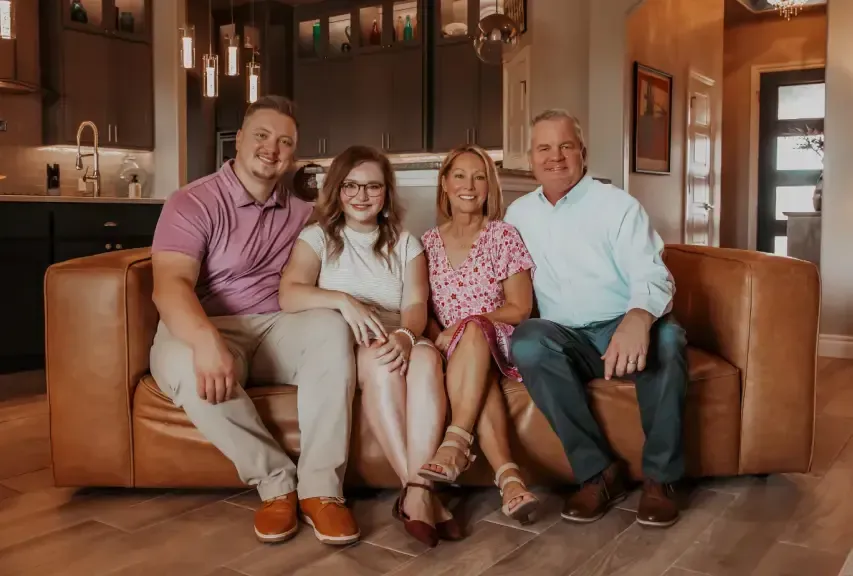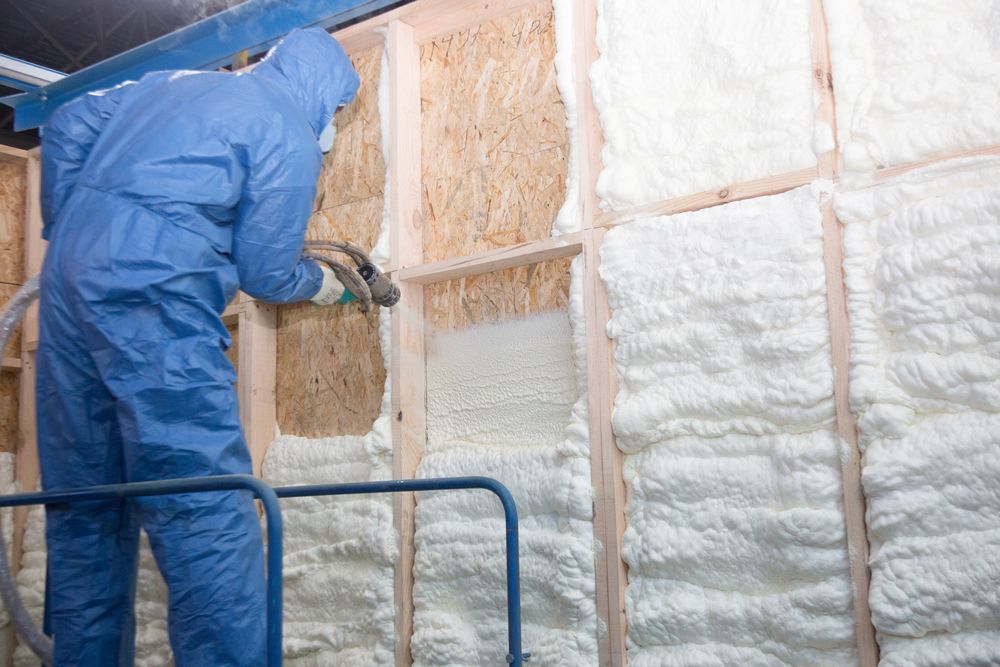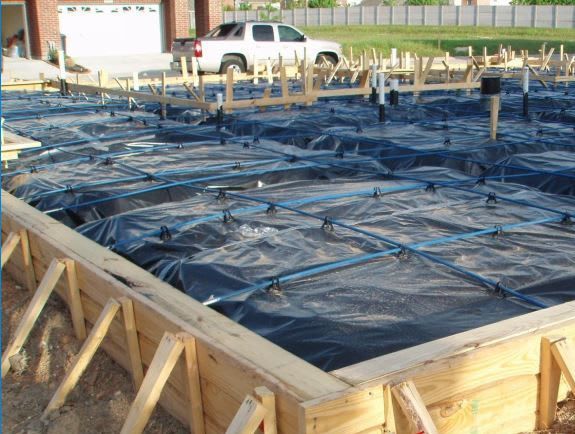Blog
Hunter-Garrett: New Home News
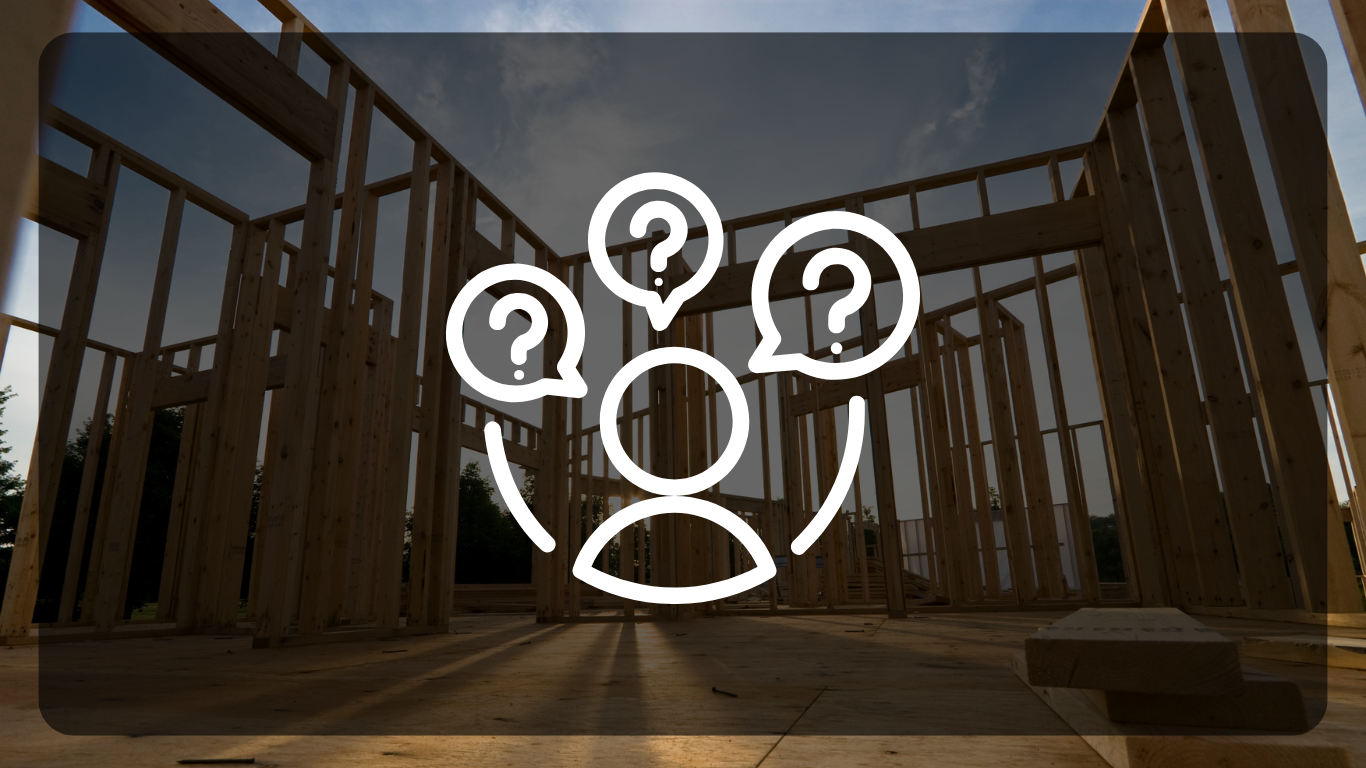
By Ciara Winkle
•
March 21, 2025
Building a custom home is a significant undertaking that requires careful planning and collaboration with a trusted builder. When building a new home, to ensure a successful partnership and a home that aligns with your vision & plan, consider asking the following ten questions: 1. Can You Provide References From Past Clients? A reputable builder should readily share references. Hunter-Garrett Fine Homes showcases testimonials from satisfied clients, such as: “Jay is a hands-on builder, and every day we are in awe of our beautiful home! Thank you, Hunter-Garrett Fine Homes, for giving us our dream home!” 2. What Is Your Experience With Custom Homes? Experience in custom home building is crucial. Hunter-Garrett Fine Homes has been constructing custom homes since 2004, tailoring each project to the client’s unique vision and lifestyle. 3. Are You Licensed and Insured? Ensuring your builder is licensed and insured protects you from potential liabilities. Hunter-Garrett Fine Homes operates with all necessary licenses and insurance, adhering to industry standards and regulations. 4. What Is Included in the Estimate? Understanding the estimate helps avoid unexpected costs. Hunter-Garrett Fine Homes provides detailed breakdowns, covering aspects from site preparation to the finishing touches, ensuring transparency in our efforts to keep you on budget during your build. 5. How Do You Handle Changes or Upgrades During the Build? Flexibility during construction is essential. Hunter-Garrett Fine Homes emphasizes a collaborative approach, working closely with clients to accommodate changes and keep you notified of the steps and deadlines during the build. 6. What Is Your Estimated Timeline for Completion? A clear timeline sets expectations. Hunter-Garrett Fine Homes offers a comprehensive 3-step process—Discovery Meeting, Planning, and Build—to ensure projects are completed efficiently and on schedule. Our typical timeline is around 5-6 months depending on building, inspection, & permit requirements in your area. 7. Who Will Be My Primary Contact Throughout the Project? Effective communication is vital. At Hunter-Garrett Fine Homes, clients work directly with Operations Manager, Hunter Winkle, ensuring personalized attention and consistent communication throughout the project. 8. Do You Offer a Warranty on Your Work? A warranty demonstrates confidence in craftsmanship. Hunter-Garrett Fine Homes provides a comprehensive 1 year warranty, standing behind the quality of our work. 9. What Measures Do You Take for Energy Efficiency and Sustainability? Incorporating energy-efficient features is increasingly important. Hunter-Garrett Fine Homes integrates energy-efficient solutions, such as open cell spray foam, tankless hot water systems, Low-E argon windows, and more ensuring long-term savings and comfort. 10. Can You Walk Me Through Your Typical Construction Process? Understanding the construction process provides clarity. Hunter-Garrett Fine Homes begins with a thorough assessment of your site, followed by a collaborative design, and meticulous construction, ensuring a seamless, stress-free process. From the beginning we’ll provide you a plan, a budget, and expectations for your build. Final Thoughts Choosing the right builder is crucial to bringing your dream home to life. By asking these essential questions, you’ll gain valuable insight into a builder’s expertise, processes, and reliability. Hunter-Garrett Fine Homes’ commitment to quality and client satisfaction makes them a trusted partner for your custom home project. Contact our team today with more questions or to get started on your very own custom home!
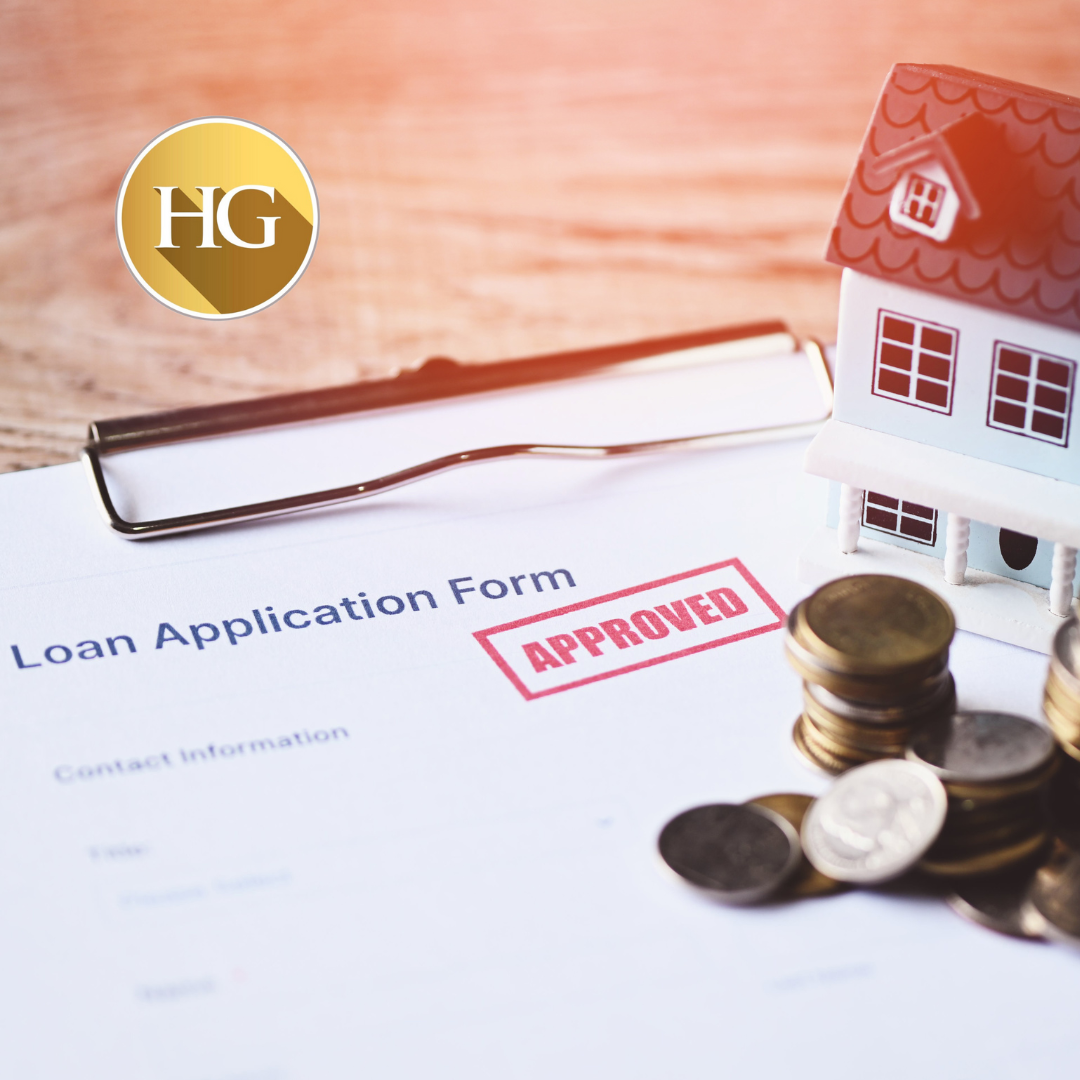
By Ciara Winkle
•
February 14, 2025
Building a new construction home is an exciting journey, but it can also be a costly one! From land acquisition to finishing touches, the costs can quickly add up. However, with careful planning and thoughtful decisions, it’s possible to save money throughout the process without sacrificing quality. Whether you’re building a luxury home or a more modest space, there are specific areas where you can cut costs while still achieving your dream home. Here are some key areas to focus on when budgeting for your new construction home. 1. Choose a More Efficient Floor Plan One of the first and most important decisions you’ll make when designing your home is the floor plan. Opting for a simpler, more efficient layout can save you money without compromising functionality. Some key considerations for your floor plan include: Smaller Square Footage: A smaller home means fewer materials and less labor required, which directly impacts the cost. Consider reducing the overall size of your home while still ensuring it meets your needs. Open-concept floor plans can also maximize the sense of space without increasing square footage. Simple Design: Think square….Complex designs with many corners, angles, or multi-levels can be more expensive to build. Stick to a more traditional or rectangular design for a more cost-effective construction process. Kitchen Layout: When designing your custom kitchen, 2 big factors to consider when determining cost include the shape of kitchen and how many drawers/cabinets you use. When it comes to the shape of the kitchen you have a few options, U shape, L shape and Galley are some of the most popular. When considering the shape, think about how much lumber, trim, backsplash and countertops those kitchens will take to finish out. An L shaped kitchen is a great look that can be easier on the pocket book, while a U shape kitchen requires much more material and time. On the other hand, what you finish them out with matters just as much. Drawers are all the rage right now but what people don’t tell you about drawers, as opposed to cabinets, is they cost more! For each cabinet you install, as opposed to a drawer, you can save somewhere between $100-$200 dollars in hardware costs alone. Drawers are utilitarian and fantastic for storage but place them wisely to minimize your cost. 2. Opt for Standard Finishes Over Premium Options This doesn’t mean you have to select builder grade everything but wisely spend your money where it counts. When selecting finishes, such as flooring, countertops, lighting and fixtures, it’s easy to get caught up in the desire for premium materials. However, choosing standard finishes or mid-range options can result in significant savings. Countertops: Soapstone and marble countertops are beautiful but can be pricey (and high maintenance). Consider quartz or granite, which are durable and look great without the premium price tag! Flooring: Hardwood flooring is highly desirable, but materials like tile or LVP can provide the same aesthetic at a much lower cost. In most of our Hunter-Garrett Homes we opt for a wood-look tile that gives the same aesthetic as hardwoods without the premium price tag. Backsplash: Pinterest will show you pages of waterfall islands and continuous backsplash flowing seamlessly from the countertop up the wall but this is an area where you can easily spend too much. Countertop materials, on the low end, can start around $45 a foot (without install), whereas backsplash options tend to start around $7-8 a foot. Now think about the size of your kitchen, are those upgrades worth thousands of extra dollars? Lighting: I may be the only one, but every time I click on a post about a lighting fixture I like the price is always thousands of dollars. However, I’ve learned with a little time and dedication, I can often achieve a similar look or feel by finding more budget friendly options using the light fixture I like as an inspiration image. A quick Google or Pinterest image search often leads me to comparable options at a fraction of the price. As a metric try to keep your total lighting budget around 7-8% of the total construction cost, including your recessed lighting and ribbon lighting. These small adjustments can add up to considerable savings without sacrificing style. 3. Limit Customization and Upgrades During Construction While customizing your home during the build process can be exciting, keep in mind that each upgrade or customization you request can significantly raise the overall cost. To save money, consider limiting customizations or leaving certain aspects of the home to be upgraded in the future. If you really want premium features, consider adding them later. For example, you can install high-end lighting fixtures, build custom closets, add fencing, or upgrade landscaping after moving in, rather than during the construction process. 4. Shop Around for Financing The financing for your new construction home can be one of the most significant costs, but it’s also an area where you can save money with some careful planning. Compare construction loan rates/costs, mortgage rates and loan types to ensure you’re getting the best deal. Even a small difference in interest rates can make a huge difference over the life of your loan. Be sure to shop around with different lenders to find the most favorable terms. Getting the best financing terms can reduce your overall expenses, making it easier to stay within budget. 5. Avoid Overbuilding for Your Neighborhood While it’s tempting to build your dream home with every possible luxury, it’s essential to keep in mind the value of your home relative to the neighborhood. Overbuilding and creating a home that is far more expensive than other homes in the area can be a costly mistake. Consider the average home prices in the area and ensure that your new construction home aligns with the local real estate market. This will not only help you stay within your budget and align with your appraisal but also protect the resale value of your home in the future. Conclusion Building a new construction home in Oklahoma doesn’t have to break the bank or be a scary process. By carefully choosing a more efficient floor plan, choosing budget friendly selections, and making thoughtful decisions throughout the construction process, you can significantly reduce costs while still getting the home of your dreams. Remember, the key is to prioritize your must-haves and be strategic about where you can cut costs. With the right approach, you can achieve the perfect balance of quality and affordability in your new home build. For expert guidance and a seamless building experience, contact Hunter-Garrett Fine Homes to start planning your dream home with a budget-conscious mindset.

